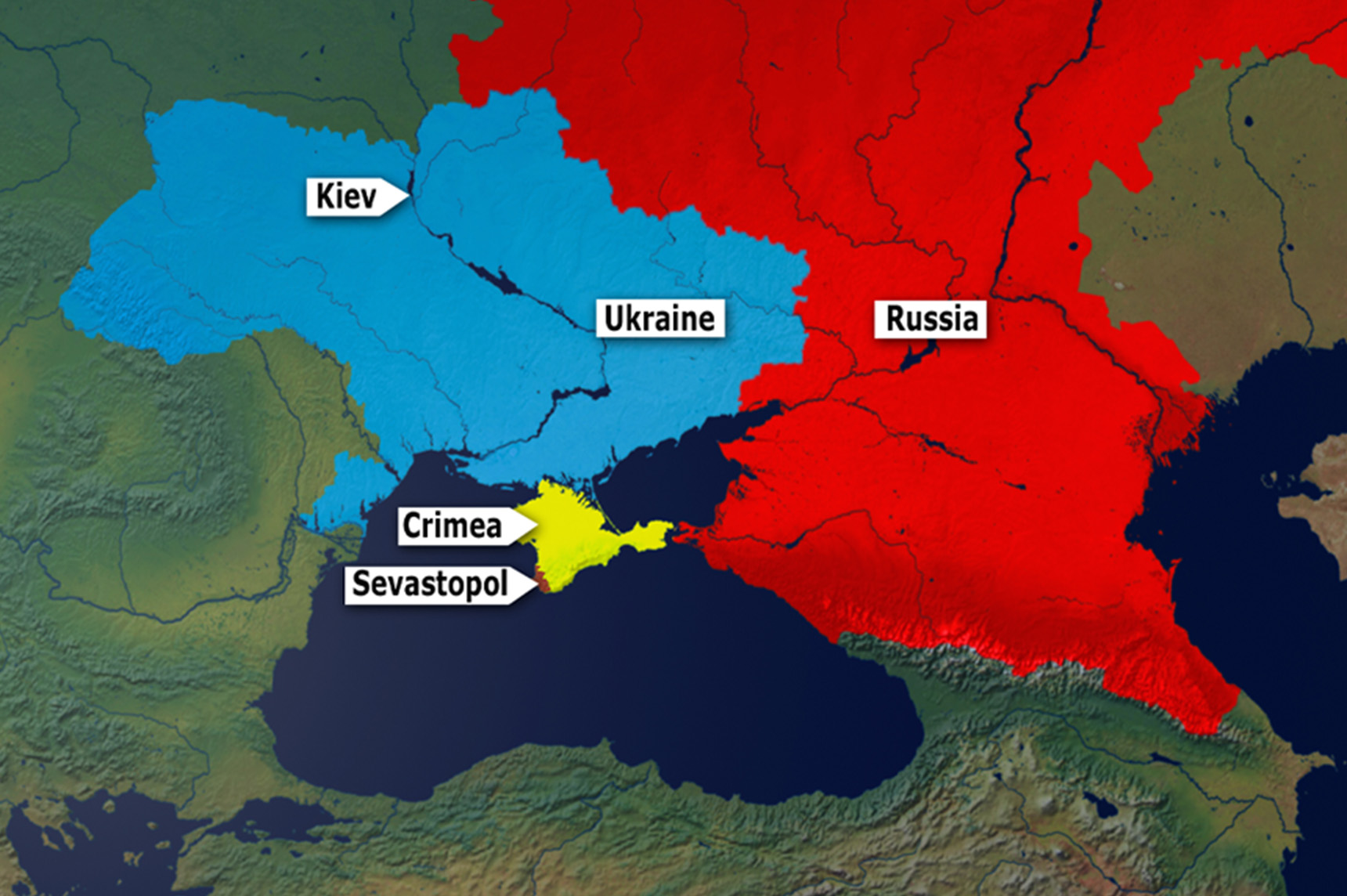Stay up to date with the latest OSINT news from around the world
Analysts and researchers are working overtime this week in light of the Russian invasion of Ukraine. To keep up with the news, we’ve put together another snapshot of articles from the intelligence world. Here is a round up of the open-source intelligence (OSINT) that is playing a role in the continued conflict.
Disclosing information in Ukraine
Prior to Russia’s invasion of Ukraine last week, the United States declassified and shared intelligence with the public about Russia’s military intentions. It's another sign of an increasingly saturated intelligence world. The strategy represents a move away from secrecy to give narrative to the “all-source” information available.
The efforts to declassify and disclose do have some security implications, and officials must be careful not to reveal intelligence gathering sources and methods. The ability to declassify can also come with scrutiny. Early predictions of an imminent invasion, which included the exact date, were criticized when the invasion failed to materialize. It wasn’t until Russia’s military operation began on February 24 that intelligence predictions were taken seriously. If some predictions never come true, it’s hard to say if it's because the plan was thwarted due to the disclosure or if the intelligence they're based on was false. But the ability to throw off adversaries by revealing their hand could prove a useful tool.
“While secrecy is not dead (the United States does still spend $84 billion per year on intelligence programs) it has grown sluggish in its old age.”
— Jake Harrington, War on the Rocks
Russia’s information and cyber warfare capabilities
Russia’s ability to integrate artificial intelligence (AI) and their capabilities in OSINT, satellites, operatives and intelligence-gathering make it probable they already have considerable insight into Ukraine’s military proficiency. Russia has increasingly used cyber operations against Ukraine and its soldiers. A disinformation campaign led up to the 2022 invasion targeted at military members. They have also consistently referred to the actions of the military, including bombing of TV stations and residential areas in Ukraine, as a “liberation.”
Intelligence agencies have also reported on malware attacks from Russia toward Ukrainian government officials. It has also managed electronic warfare efforts such as taking down cell towers. As the crisis continues, the cyber and technology warfare may be as significant to watch as the military efforts.
“A rapid response team of cybersecurity experts in the European Union has mobilized to assist Ukraine in defending against cyberattacks by detecting when attacks are occurring.
— Justin Pelletier, The Conversation
”
Putin’s intentions — how much do we know?
In Russia, Putin’s close circle of advisors is exclusively privy to his often unwritten plans. His years as a KGB agent make him aware of the possibility of spying and careful about the secrecy of his intentions. This makes the role of intelligence officers more difficult and valuable than ever. The role of transparency in the governments of the West makes it easier for Russia to gather insight on its adversaries than vice versa. Historically, the United States and Britain have had to go to great lengths to achieve even the mildest of results of espionage in Russia. We don’t know if the intelligence Biden received and referred to about Russia’s invasion came from human intelligence or signals intelligence (SIGINT), but increasingly open-source information is playing a role in the U.S. intelligence-gathering strategy.
The announcement that Putin had his nuclear forces on “special alert” has raised the hairs of people around the world. Our ability to learn how far he might go is up to our intelligence community. Here is hoping the “significant intelligence capability” President Biden referred to continues.
“Given the colossal difficulties of human intelligence within the Soviet bloc, it is incredible that Western agencies achieved what they did. They were never able to enter the Kremlin’s inner sanctum, but they did get windows into it. ”
— Calder Walton, War on the Rocks
The role of intelligence auxiliaries
Increasingly, the ability to conduct OSINT by anyone means intelligence-collecting itself has become declassified in a way. OSINT capabilities last week were able to monitor moving tanks across the border with GPS data and even identify Russian soldiers on GPS-based dating apps. As OSINT continues to become a top source of intelligence, the possibilities of employing the non-state intelligence sector increase.
There are risks to the widespread deployment of intelligence auxiliaries, but there is also enormous potential for public-private partnerships in intelligence-gathering. The potential for enlisting auxiliary intelligence could lighten the load of the intelligence community and lead to strategic coordination efforts between state and non-state analysts.
“There has been plenty of work on integrating OSINT tools into state arsenals; but less toward creating the new policies, procedures and ways of working needed to actually leverage non-state OSINT capability.
— Thomas Ewing, The Cipher Brief
”
Propaganda on the rise
Meta announced the removal of 40 accounts on Facebook and Instagram posing as news sites and deploying Russia’s disinformation campaigns. Both Google and Facebook have been attempting to counter hacking attempts aimed at Ukraine’s officials. Even Russian-owned media outlets have been countered and had their ability to circulate information reduced in light of the spreading disinformation on behalf of the Kremlin.
Russia continues to deploy narratives of “liberation” and “denazification” in order to defend and justify their actions against Ukraine. And social media companies continue to see their platforms be utilized as key elements of informational warfare.
“Videos and posts pushing debunked narratives about the war had been racking up millions of comments, likes and shares.
— Tim Starks, Cyberscoop
”
Open-source intelligence will continue to play a role in the Russia-Ukraine crisis and around the world. As we keep our eyes on intelligence reports out of Ukraine, we’ll continue to update and report on the news to watch for.
To keep up to date on the latest OSINT and cyber security news, visit the Authentic8 blog.
Tags OSINT news

